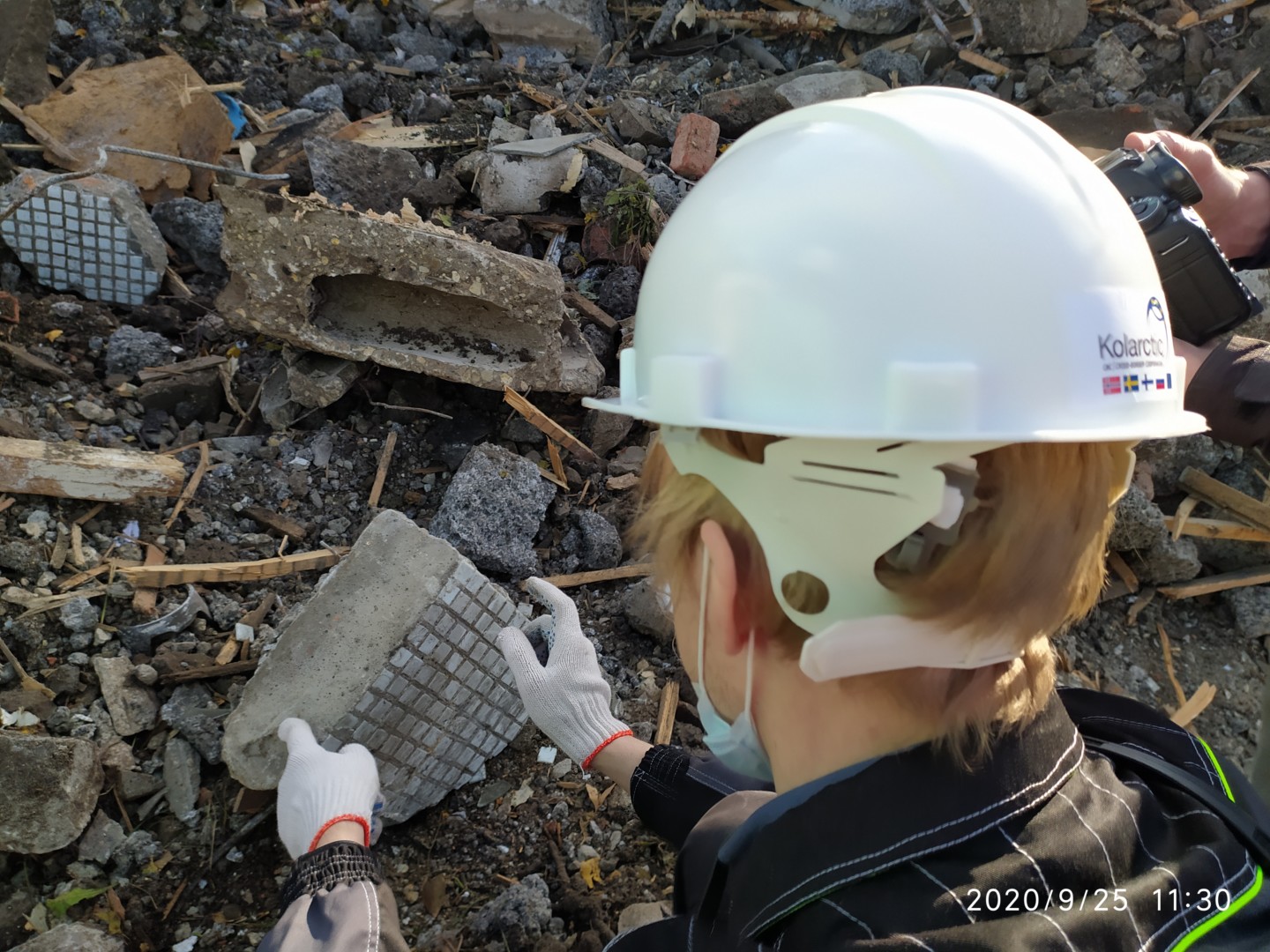Timber and stone have been used as natural building materials for centuries. Along with development of science and technologies new materials appeared, among which concrete took a significant place. Reinforced concrete structures have been used in construction industry since the late 19th century and quickly gained popularity due to their strength and availability.
But, no matter how far science has advanced, we have not yet learned to build everlasting houses. Even concrete structures wear out and fall into decay. Besides, concrete buildings may become obsolete and do not meet modern standards, or may simply be unclaimed due to changes in the economy or urban planning strategy.
Abandoned and unfinished concrete buildings spoil the urban landscape and pose a challenge to municipal authorities
Unfortunately, there are old abandoned houses in almost every city and region. Life was in full swing in these buildings quite recently, people used to live and work here, and for someone the whole universe has started from this exact building called home. Now empty and dark windows make a painful impression. Abandoned and unfinished concrete buildings spoil the urban landscape and represent an increasingly acute problem for city authorities: large volumes of construction waste are generated as a result of demolition. In addition to it there is a growing demand to recover this waste. By doing so, it’s important to make no harm to environment and to minimize demolition and disposal costs.
This challenge is being addressed by the participants of the project “DeConcrete: Eco-efficient Arctic Technologies Cooperation”. Research and development organizations as well as construction companies from Russia, Norway and Finland have teamed up in a joint search for new environmentally friendly recycling solutions of concrete construction waste.
Project activities include both theoretical research and a large experimental part – selection of concrete samples from dismantled objects and their subsequent study in laboratories. Buildings in Norway and Russia were selected for fieldwork. Project participants had to wait for a trip to the demolition sites, but sampling for further study still took place Autumn 2020. Arriving at the site, specialists from the Department of Composite Materials and Building Ecology of the Northern (Arctic) Federal University conducted a thorough examination of the concrete slabs and made a number of measurements using special equipment. Maria Frolova, the project’s leading expert, commented the actions of her colleagues:
“Buildings experience a certain anthropogenic and climatic load during their operational period. And this load is not and cannot be the same from all sides of the house. Windrose and moisture have different effects on concrete. For example, concrete slabs facing the sun are exposed to warmer, drier air. At the same time, an internal concrete wall that was constantly in the shade and more humid conditions will have completely different indicators. The degree of destruction and quality of various slabs will differ significantly. Therefore, it is important for us to take samples from the entire perimeter of the building, as well as samples of both external and internal slabs of concrete”
The samples taken are rather large pieces of concrete and their transportation to NArFU laboratories requires from scientists good physical training. Nevertheless, project participants are pleased to have an opportunity to visit the chosen demolition site and finally begin a comprehensive study of the received samples. Researchers strive to understand exactly, how concrete destruction occurs, what physicochemical processes run both on the surface and in the depth of the material. The data obtained will be used to create new composite materials, which will include recycled concrete as one of the components.
New technologies for economy and environment
When concrete will be reused, the volume of construction waste will decrease, the same concerns the volume of cement, which has a positive effect on environment and makes the production of new composite materials cheaper.
At the moment, the project participants head a long work in the laboratory, discussion of the process and research results with colleagues and preparation of presentation materials for construction companies.
Photo: NArFU experts make mechanical performance tests and define concrete class at the demolition site.




